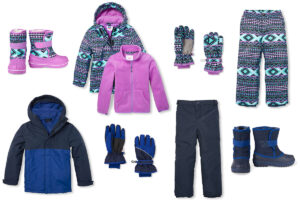The Adaptive And Inclusive Children’s Toys That Are Promoting Accessibility

Toys are the ultimate escape for children and an important part of development. Unfortunately, children with accessibility requirements are often excluded from the process of toy design; this has led to several campaigns seeking to raise awareness of children living with disability and to encourage manufacturers and media bodies to take note, and this has created change. Take Variety’s highlight of Toy Story 4, for instance, which featured children living with disability. For children to feel truly represented in the toy industry and have just as much opportunity as any other kid, change must however start with adaptable toys.
Flexible and adaptable toys
For parents looking to make positive changes for when their children have accessibility needs, a good place to look is at current toys and how they may be accessible already – even if they are not advertised as such. The UKs NHS has a comprehensive guide on how this can be achieved, and this ranges from looking to select toys that help certain cognitive disabilities through to how children with physical accessibility needs can be helped. An example of this is through adapting toys to the needs of children with cerebral palsy. Parents adapting toys for CP will look for challenges that demand cognitive and physical stimulation, but are tailored to the types of movements that their children have special requirements to complete. This can help kids to have fun while also developing, while crucially also helping them to feel included.
The key to inclusivity
Inclusivity is absolutely crucial not just for the development of children living with disability, but for their peers, too. A study reported by the Human Rights Watch found that learning environments in which inclusion is promoted not only reported better development for children living with disability, but for other students, too. This principle applies outside of the classroom and across all other areas of life, including play. Having an inclusive message in toys, where children of all backgrounds and physical ability are encouraged to play, will enrich play for everyone. Tech will help in this regard.
The technological equalizer
Part of the challenge posed by accessible toy design is the lack of available technology to ensure children are safeguarded while enjoying their play time. Technology is set to change. Tech future mag Tech Explorist explored this and highlighted one case, where the ever-popular imitation cars that kids enjoy could be adapted to aid children with cerebral palsy enjoy them too. Removing the conventional steering and instead using a simple push-button system that allowed the car to follow predefined tape tracks meant that the children involved could have fun in the car while also remaining safe. Crucially, they also felt independent – an important part of play time.
Following this example leads to adherence to three principles. Toys should be adaptable, inclusive, and always looking to improve. Doing this will improve the lot of children living with disability and, in turn, improve the development of every child around them.






